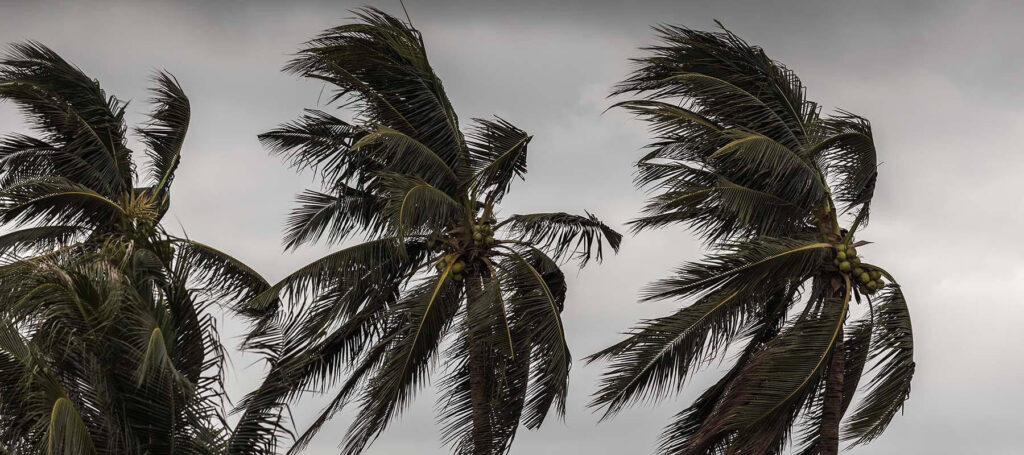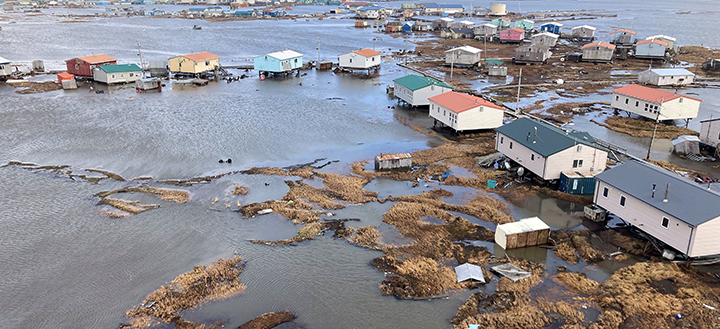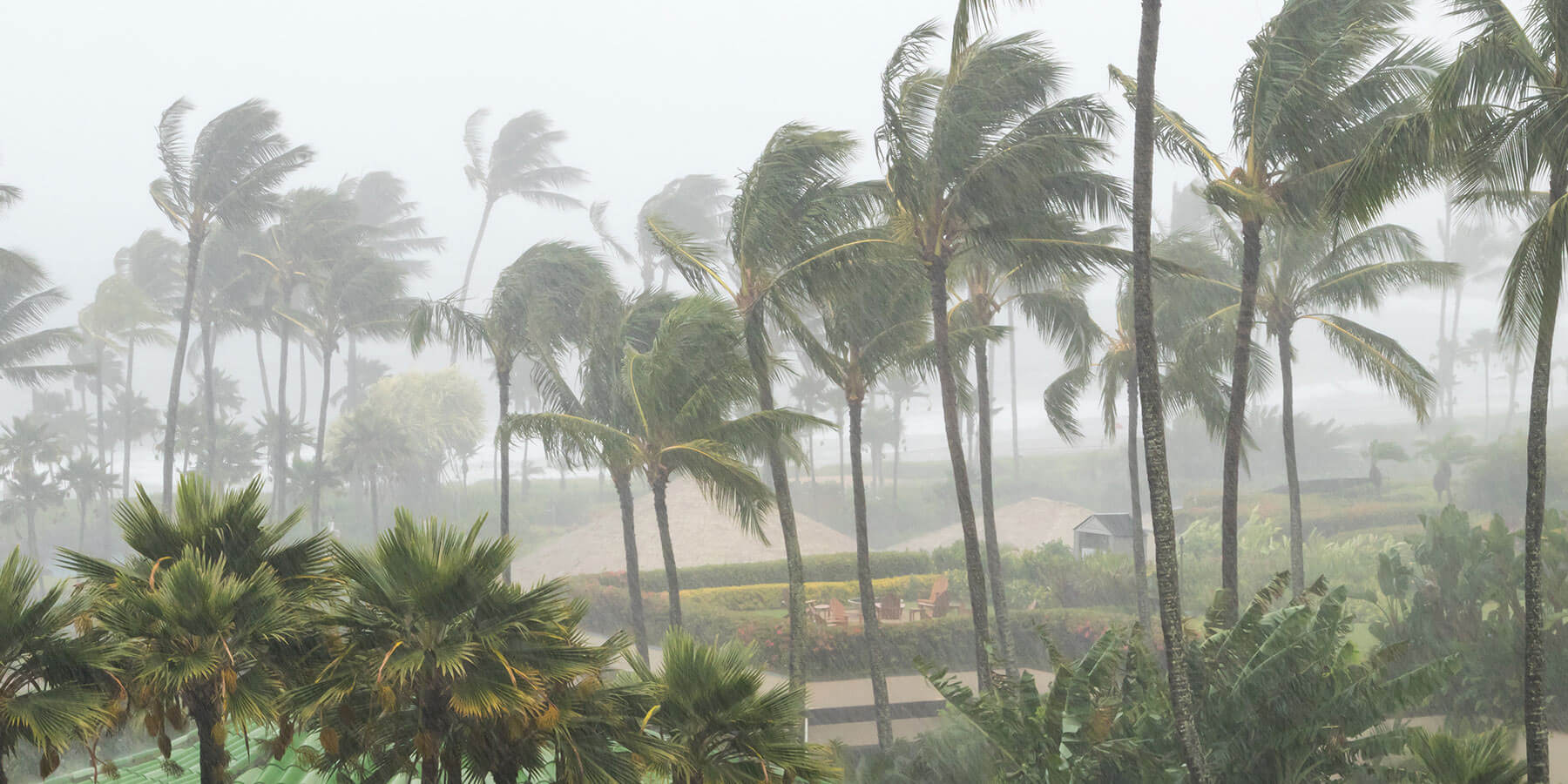Last Updates
Updated 10/07/2024 at 12:15 pm ET
- Current Status: Tropical Storm Leslie formed into Hurricane Leslie, with maximum sustained winds of 85 mph and a minimum central pressure of 985 mb.
- Movement: Leslie was seen moving toward the northwest near 13 mph and was expected to continue this way for the next few days.
- Hurricane Warning: Hurricane Leslie remained out in the Atlantic, away from any populated land.
- Storm Surge Warning: No storm surge warnings were issued for Hurricane Leslie.
In the unpredictable world of weather, anticipating and preparing for potential storms can save lives and reduce damage. With the 2024 Atlantic hurricane season ramping up more activity, we will examine the potential impact of Tropical Storm Leslie and how it formed into Hurricane Leslie. We’ll focus on Leslie’s historical context, analyze factors contributing to storm formation, and offer practical preparedness tips to help prepare for Leslie.
Understanding the Significance of Tropical Storm Leslie
The naming procedure for tropical storms, as established by the World Meteorological Organization (WMO), plays a crucial role in tracking and preparing for these weather events. Leslie is one of the named storms of the 2024 Atlantic hurricane season. Discussing Leslie allows us to prepare for potential impacts from similar storms, even if the current forecast indicates no effects on any communities.
The Legacy of Storms Named Leslie
Tropical Storm Leslie (2000)
In 2000, Tropical Storm Leslie was a short-lived event that developed from Subtropical Depression One off the east coast of Florida. Although neither Leslie nor the subtropical depression caused direct damage or casualties, a precursor disturbance combined with a stalled frontal boundary produced significant rainfall. This led to flood damage estimated at $950 million in southeast Florida, indirectly resulting in three deaths.
Hurricane Leslie (2012)
Leslie in 2012 was a long-lived tropical cyclone that briefly reached Category 1 hurricane status. It skirted Bermuda and made landfall as a strong extratropical storm along the Burin Peninsula of southeastern Newfoundland. Notably, Hurricane Leslie was the eighth tropical storm to form in August that year, tying a record for the most named storms in a month.
Hurricane Leslie (2018)
Hurricane Leslie in 2018 originated from a non-tropical system and exhibited an unusually long-life cycle, undergoing multiple transitions between tropical and extratropical phases. Leslie impacted the Iberian Peninsula, intensifying precipitation in western Spain and southern France. Known as the “zombie” storm, Leslie meandered around the Atlantic Ocean for an extended period, generating 15 named days.
Factors Contributing to Tropical Storm Leslie’s Formation
Several environmental factors lead to the formation of a tropical storm, such as Leslie. The primary factor is warm ocean temperatures, which provide the energy necessary for tropical cyclones to develop. Additionally, favorable atmospheric conditions, such as low wind shear and high moisture levels, could create an ideal environment for storm formation.
Leslie formed as a tropical storm over warm ocean waters, with the potential to gain energy from surrounding heat and moisture. As it strengthened, it developed into Hurricane Leslie. Meteorologists closely monitor these conditions to offer accurate forecasts and prompt warnings to potentially affected communities.
Preparing for Tropical Storms and Hurricanes
Developing a Family Emergency Plan
Creating a comprehensive family emergency plan is vital for reducing the effects of a tropical storm. This plan should cover communication methods, evacuation routes, designated meeting spots, and key contacts. Regularly practicing the plan helps every family member know what to do in an emergency.
Safeguarding Important Documents
Keep crucial documents, including insurance paperwork, identification, and medical records, in a secure and easily reachable place. Using waterproof and fireproof containers can help protect these important papers from potential hazards.
Preparing Your Home
Taking proactive measures to prepare your home can greatly lessen storm damage. Make any necessary repairs to enhance your home’s structure, secure any loose outdoor items, and think about adding shutters or storm-resistant windows. These precautions can help safeguard against high winds and debris.
Gathering Emergency Supplies
Prepare an emergency kit so that you are ready for severe storms. Stock up on non-perishable foods, sufficient water, and necessary items like medications and first aid supplies. Aim to have enough provisions to last at least three days for every family member.
Staying Informed of Hurricane Leslie
Monitoring Weather Updates
Regularly monitoring weather updates and forecasts is essential for staying informed about potential storms. Reliable sources, such as the National Hurricane Center and local meteorological services, provide timely and accurate information.
Utilizing Technology
Leverage technology to receive real-time alerts and updates. Weather apps, social media, and emergency notification systems can keep you informed about the latest developments related to Tropical Storm Leslie/Hurricane Leslie.
Community Resources
Engage with community resources and local authorities to stay updated on evacuation orders, shelter locations, and other critical information. Community networks can offer support and assistance during storm events.
Preparing for Tropical Storm/Hurricane Leslie During the 2024 Hurricane Season
While the exact impact of Hurricane Leslie remains uncertain, being prepared and informed will help keep you safe during hurricane season. By understanding the historical context, monitoring contributing factors, and taking proactive measures, individuals and communities can minimize the potential impact of the storm. Stay vigilant, prioritize safety, and prepare for whatever the 2024 hurricane season may bring.
For comprehensive resources and guidance, visit our Hurricane Resource Center. Access vital information, preparedness tips, and expert advice to navigate the complexities of hurricane season.



